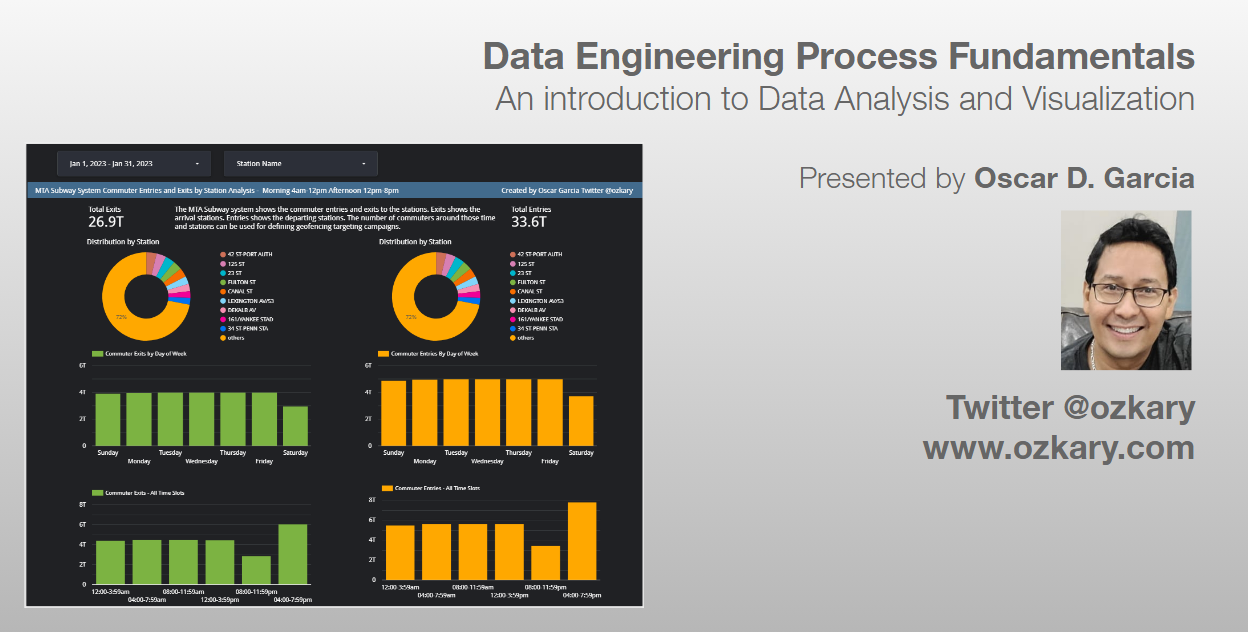
In this technical presentation, we will delve into the fundamental concepts of Data Engineering in the areas of data analysis and visualization. We focus on these areas by using both a code-centric and low-code approach.
Follow this GitHub repo during the presentation: (Give it a star)
https://github.com/ozkary/data-engineering-mta-turnstile
Read...







